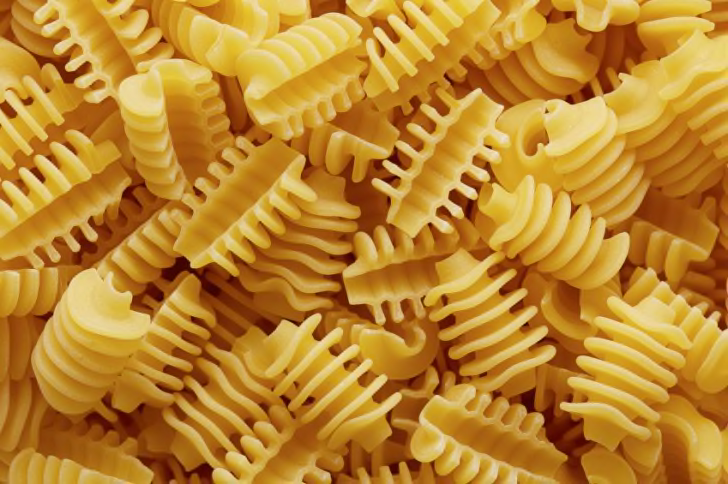

These include square ravioli and round anolini, and fillings can be of meat, cheese or vegetables. Filled Pastaįilled pasta goes back to the middle ages and almost every region of Italy has its own varieties. The commonest form is spaghetti but other widths are produced, an example being the very fine capellini (literally “angel hair”).ĭifferent shapes and widths of die are used to create cylinders (for instance macaroni or penne), hollow pasta such as conchiglie (“seashells”) or other pasta shapes, including cavatappi (“corkscrews”) and very small varieties like orzo (which is the shape and size of a grain of rice). The pasta is forced through a die to create long strands. Sheet pasta is cut into strips (Image by Miroro from Pixabay) Strands Sheets of pasta can be cut into long strips of varying width, from the broad pappardelle (up to 2.5 cm) to the more common tagliatelle or very narrow tagliatellini. These sheets can be rolled up into large tubes ( cannelloni) or used to make filled pasta (see below). The pasta is rolled out into thin sheets, the commonest form being lasagne. But a useful way of dividing them is by families, according to their method of manufacture and use. Fresh or dried is an obvious distinction, as is long or short. There are a number of ways of classifying pasta. One of the pleasures of a trip to Italy is looking at the shop window displays where all manner of pasta is piled up: an assortment of styles, flavours and even pasta sculpture! Pasta can even be used for sculpture, as in this exhibition of Italian presepi Pasta Families There are now around 350 types available, but of course only a small number of these can be found outside Italy. Over the years diverse styles and shapes of pasta have been developed for different purposes, and each region of Italy devised its own local variations. Whatever the truth it is certainly the case that by the Middle Ages pasta was well established in Italy. The durability of the dried version meant that it became a favoured food item on long sea voyages (perhaps making it an early example of a convenience food!) and its use gradually spread across the world. It is popularly supposed that Marco Polo brought the idea back from his travels in China but it is more likely that the Arabs introduced pasta to Sicily sometime around the eighth century.


 0 kommentar(er)
0 kommentar(er)
